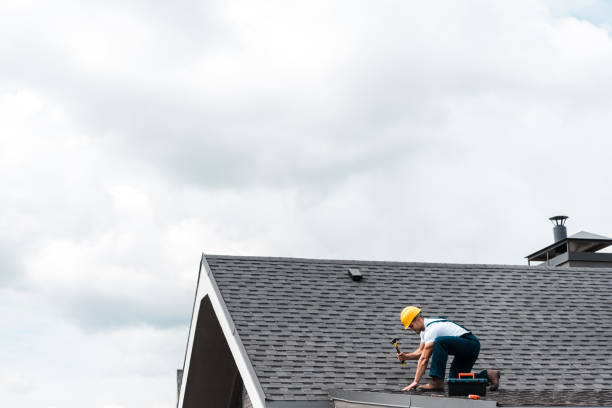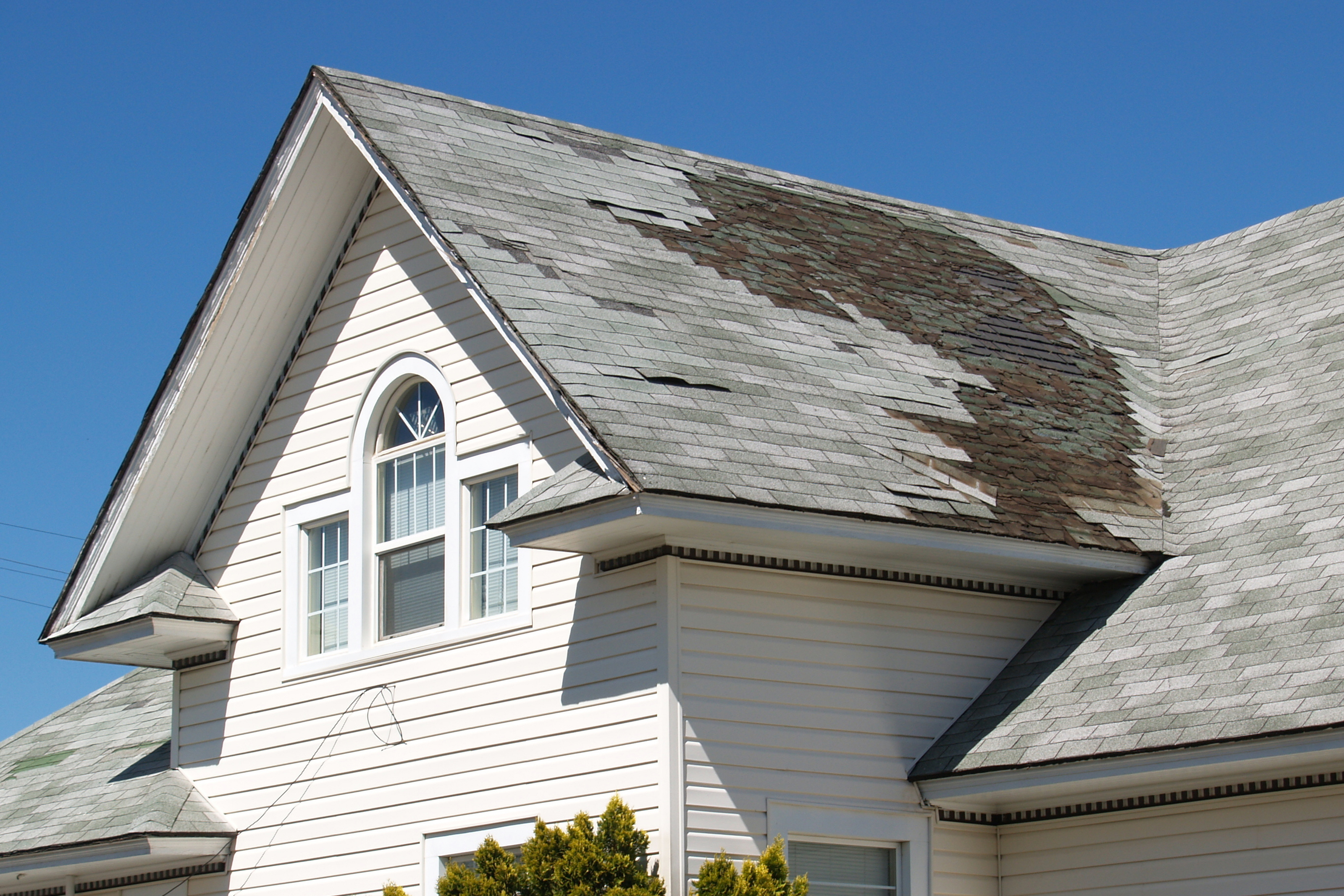Licensed Roofing Contractor for Expert Repairs and Upkeep
Licensed Roofing Contractor for Expert Repairs and Upkeep
Blog Article
The Roofing Substitute Process: What to Get out of Start to Finish
Recognizing the roofing system substitute procedure is necessary for property owners considering this substantial financial investment. Each phase, from the preliminary evaluation of your roof's problem to the meticulous installment of new materials, plays a vital role in guaranteeing long-term toughness and performance.
Examining Your Roofing Condition
Assessing your roof covering condition is an important action in the roof covering replacement procedure, as it establishes the needed actions to guarantee architectural stability and longevity. Look for missing tiles, curling edges, or granule loss, as these suggest prospective susceptabilities.
It is also important to check out the roof's flashing and seamless gutters, as these components play an important duty in directing water far from the roof and protecting against wetness build-up. Any type of rusted or damaged blinking should be kept in mind, as it might require fixing or replacement - roof replacement. In addition, consider the age of the roofing; most roof covering materials have a life expectancy that, when gone beyond, warrants substitute.
Choosing Substitute Materials
Picking the appropriate materials for your roofing replacement is critical to attaining sturdiness, appearances, and power effectiveness. The option of roof materials can substantially influence the life expectancy of your roof, as well as its performance under different climate condition. Typical options include asphalt shingles, metal roof, ceramic tile, and slate, each offering distinct advantages and downsides.
Steel roof, recognized for its durability and resistance to extreme climate, can also boost power efficiency through reflective residential properties. Floor tile roofing systems provide a timeless appearance and are extremely sturdy, however they can be much heavier and more expensive.
When choosing materials, think about aspects such as climate, constructing codes, and your budget plan. In addition, believe regarding the environmental impact of your options; several producers now use environmentally friendly options. Inevitably, the ideal roofing product will certainly not only protect your home yet also match its architectural design, making certain that your financial investment stands the test of time.

Hiring a Professional Roofer
When you have established the suitable products for your roof substitute, the next critical action involves hiring a certified roof contractor. Selecting the best contractor is necessary to guarantee that the setup is completed securely, efficiently, and according to neighborhood structure codes.
Begin by seeking referrals from buddies, family members, or neighbors who have lately undertaken roofing replacements. roof replacement. Online testimonials and rankings can additionally give valuable understandings into a specialist's online reputation. When you have a shortlist, confirm each professional's qualifications, consisting of licensing, insurance, and any type of pertinent certifications
Set up for at home estimates to evaluate the range of work and get cost quotes. During these examinations, inquire about their experience with your selected materials and demand referrals from previous clients. A trusted professional needs to be transparent concerning their procedure, timelines, and service warranties.
Furthermore, guarantee that the contractor offers a composed contract outlining weblink all project information, consisting of repayment timetables and completion timelines. This action not only safeguards you but additionally develops clear expectations. By embarking on extensive study and due diligence, you'll be well-equipped to select a service provider who fulfills your needs and provides top quality craftsmanship.

The Setup Refine
The have a peek here setup procedure of a roof covering replacement is an essential stage that needs mindful execution and proficient workmanship. This phase commonly begins with the elimination of the existing roof covering products. Roof specialists will guarantee that all old shingles, underlayment, and flashing are completely removed to expose the roof deck, permitting an extensive evaluation for any type of underlying damages.
As soon as the deck is examined and repaired if essential, the installation of the brand-new roofing system can commence. The process begins with the application of a water resistant underlayment, which functions as an obstacle against wetness infiltration. Following this, the new shingles or roof covering products are set up according to the manufacturer's requirements and local building ordinance. Attention to information is critical during this stage, as proper placement and secure fastening are vital for the roofing system's longevity and performance.
Additionally, the installation of ventilation systems and blinking around chimneys, vents, and various other projections is crucial to guarantee optimum air flow and avoid leaks. The task wraps up with a detailed cleanup of the task website, leaving the house owner with a quality roofing that offers protection and tranquility of mind for years to come.
Post-Replacement Treatment
Post-replacement treatment is necessary to ensuring the durability and efficiency of a freshly installed roof covering. After the installation process is full, house owners should take certain actions to keep their roof covering's stability and functionality.

Secondly, regular cleansing is essential. Maintaining gutters and downspouts cost-free of debris will certainly guarantee correct water drainage, avoiding water damage Visit Website and mold and mildew growth.
In addition, it is a good idea to cut looming branches to minimize the danger of physical damage and prevent leaves from accumulating on the roof covering.
Conclusion
To conclude, the roofing substitute process includes a number of vital phases, including assessing the roofing's problem, selecting suitable materials, working with a certified professional, and executing the installment with treatment. Interest to detail during installation, such as guaranteeing correct air flow and blinking, considerably influences the roofing's efficiency and longevity. Post-replacement upkeep is important to maintain the stability of the brand-new roofing system. Comprehending these steps promotes a smoother experience and adds to a successful roof project.
Report this page